Dos and Don’ts of Choosing Literature to Teach to Teenagers
How do you pick a book for your students to read as a whole class? I’m fortunate enough to work in a school where I have the flexibility to change titles each year if I want to. I know that many of you are in schools where certain novels are mandated, or where you have to choose from among classroom sets that have already been purchased. But if you’re in a position to influence which books you’ll teach next year, here are few dos and don’ts to keep in mind:
DO:
- Begin with the end in mind: What is the purpose of reading this book together as a class? Is it to practice literary skills? Is it primarily for discussion of the book’s issues? Know what your goals and objectives are before you start looking.
- Look for action or melodrama: Teenagers should not get the idea that literature is boring, or that reading for fun and reading for education are mutually exclusive. Look for books that will keep students turning pages.
- Find books with literary depth: Action and melodrama are not enough, however. The book must be “above their heads,” to use a phrase from Mortimer Adler’s How to Read a Book. Junior high or senior high students do not need anyone to teach them how to read Tom Clancy, John Grisham or J.K. Rowling. The typical teenager can already read those books simply by decoding the words. Those authors are fine for building fluency and for independent reading, but it would be a waste of time to spend four to six weeks reading Harry Potter in a literature class, because there’s not much there to learn.
- Look for books that you’re personally passionate about: The number one quality that affects teaching is the teacher’s attitude toward the subject matter. If you choose a book that ignites your intellect and imagination, then teenagers pick up on that. If you’re teaching a book you hate, then your students will feel it, no matter how hard you try to hide it. The one thing teenagers excel at is sniffing out what’s phony, so work especially hard at finding a book that you already love or that you think you can love, so you can get your students to fall in love with it, too.
Don’ts:
- Don’t worry about teaching materials: On the one hand, the existence of teaching materials for a particular book can be a sign that the book is worth reading with your class. On the other hand, there are great books out there that no one is teaching, simply because no one’s written a novel guide for it. Novel guides are overrated. You are the best novel guide, and you should aspire to become a good enough teacher that you could write your own novel guide.
- Don’t use a book to teach what a movie could accomplish: This recommendation is a bit tongue-in-cheek, but I see many teachers spending four weeks on a book to teach concepts that could be taught in a much shorter period of time using several classic films or short stories. Be efficient with your students’ time. For example, you could use short stories and movies to teach the elements of fiction. In two weeks they can read four stories and watch two movies and compare the plot structure, setting, and theme of each one. On the other hand, novels are necessary to teach students how an author uses figurative language, for instance. We need to be economical with out students’ time.
- Don’t look for “teen angst” novels: Teens are self-centered enough without their teachers turning them even more inward. Teenagers grow into adults by learning to see the bigger picture, by rising above their own ego-centric lives to understand, appreciate and serve others. There is a teen publishing industry out there that caters to teens’ self-pity and self-gratification, and which is almost satanic in its influence. I don’t have a problem in helping teens through their difficulties by counseling them and giving them a chance to discuss issues with their peers, but encouraging them to read too many “teen angst” novels distorts their view of reality. I’m not opposed in principal to darker stories, and writers like Salinger and Cormier are certainly worth reading, but there is an overemphasis on “young adult” literature that I find disconcerting. To me, it often seems like a way for publishers to titillate adolescents by offering them “forbidden” topics in a socially acceptable way, exploiting their weaknesses.
I guess what I’m trying to say in all of this is be deliberate in what you teach and be conscious of why you’re teaching it. Don’t just use the books because they’re there. Know your audience, and know your goals.
Tomorrow I’ll be back with a list of books that I think fit the criteria I’ve laid out here.

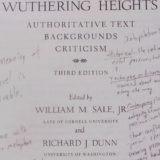
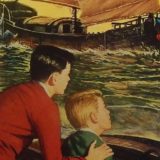

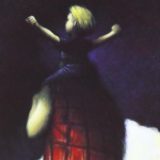




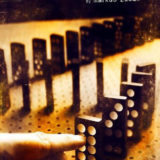

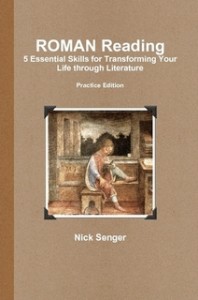

Great tips! I especially agree with the Teen Angst point! Thanks for your blog — I really enjoy it.
Thanks, Maureen!
You put into words what I’ve always hated about the typically assigned “Modern Classics”. Your quote, “Teens are self-centered enough without their teachers turning them even more inward. Teenagers grow into adults by learning to see the bigger picture, by rising above their own ego-centric lives to understand, appreciate and serve others.” just said it all perfectly. Thanks!
Thank you very much for the advise. I’ll be taking care of, for sure! I was failing in the “Teen angst” kinda books! ):